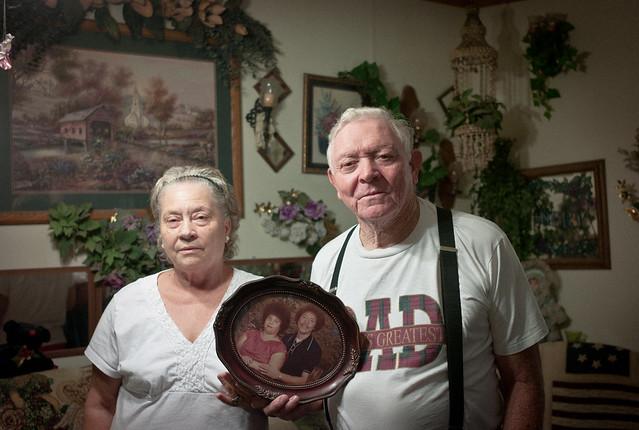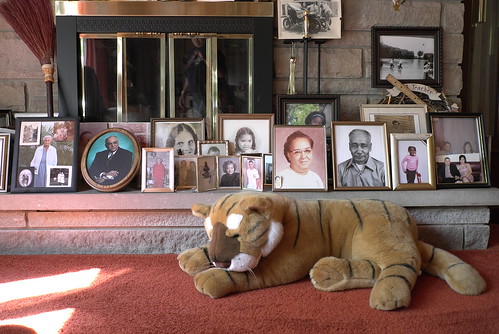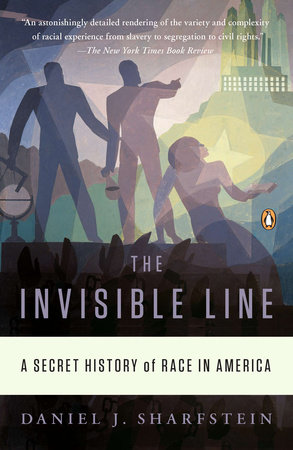Letters from a Planter’s Daughter: Understanding Freedom and Independence in the Life of Susanna Townsend (1853-1869)
The University of Alabama McNair Journal
Volume 12 (Spring 2012)
pages 145-174
R. Isabela Morales
Wealthy Alabama cotton planter Samuel Townsend had already fathered eight children by the time Susanna Townsend was born in 1853—her mother, like all the mothers of her half-brothers and sisters, was an enslaved African-American woman on one of Samuel Townsend’s large plantations. Samuel’s fourth daughter and youngest child, Susanna was a vulnerable young girl born into the turmoil and turbulence surrounding the probation and execution of Samuel Townsend’s will when, to the shock of his white relatives, Samuel left the bulk of his $200,000 estate to his nine enslaved children. Susanna, seven years old when she and her extended family were emancipated, may have remembered little of the courtroom drama that ended in 1860, when the Probate Court of Madison County declared Samuel’s will valid. But the nominally favorable courtroom ruling did not mark the end of Susanna’s liminal existence. Until her death, Susanna Townsend lived in a borderland of race, class, and family status. A reconstruction and examination of a life (1853-1869) that straddled the Civil War provides insight into meanings of freedom, independence, and self-sufficiency in the post-emancipation moment—as well as revealing interactions of gender, race, and power in the creation of the archive.
Mr Cabaniss i write to you in haste, Susanna began in her letter of 4 June 1868. There was a man in Cincinnati, the nicest young man i ever did see, who wished to have her for a wife, and if Cabaniss could simply send her some money for a dress and shoes (common enough apparel, for she was very plain in dressing), and if he would pay their train fare to Kansas, Susanna could marry the man within the month. She did not want a large wedding—no church service at all, in fact—but would take her vows in the mayor’s office and be off to her new life as fast and far as the train cars could take her. If Alabama lawyer S.D. Cabaniss, executor of her father’s estate, would only write her by the tenth of June, Susanna would be ready, for her fiancé was in a hury to move. He was a gentleman, fifteen-year-old Susanna Townsend assured her attorney, and also, she added almost as an afterthought, he is a white man.
Susanna’s wishes were modest: a simple gown for a simple wedding ceremony, a husband who says he will [do] his best for me as long as he lives, a small sum of money out of her inheritance to visit her extended family in Leavenworth County and buy a little house in Kansas if there is no more than three rooms and an acre of grown [ground]. The attorney Cabaniss owed Susanna twelve thousand dollars out of her father Samuel Townsend’s property—Samuel, a wealthy cotton planter from Madison County, Alabama, had bequeathed his $200,000 estate to Susanna, her eight elder siblings, and their mothers in 1856. On paper, at least, Susanna was a privileged young woman with every opportunity. In reality, her future was far less certain.
Susanna Townsend was a former slave living and working in Reconstruction-era urban Ohio, the daughter of the white planter Samuel and the fourth of his seven enslaved African-American mistresses. The Civil War had drastically devalued the Townsend property, and neither Susanna nor any of her half-siblings would ever receive a quarter, if that, of their inheritance in the following years. She was mixed-race—perhaps, as a Freedman’s Bureau agent later said of her half-sister Milcha, “the woman is nearly white”—but whether or not her appearance could fool Cincinnati society, her father’s attorney knew she was the daughter of an enslaved woman. If S.D. Cabaniss replied to Susanna’s June letter, the archive holds no record; he certainly never sent money by the tenth of that month. In five months, Susanna would give birth in her half-brother Wesley’s home outside of the city—a hint at her urgency to marry and leave the state. In another six, Susanna would be dead.
In her sixteen years, Susanna straddled slavery and freedom, the antebellum South and the post-war Northwest, a life of in-between’s on the borderlands of race and society. She had an uncertain place within the extended Townsend family: as the youngest child with no living parents and no full siblings, she could neither support herself independently nor depend on her extended family supporting her indefinitely. She had an uncertain inheritance: when the Civil War broke out, the new Confederate government prohibited Cabaniss, living in Alabama, from sending any money into the Union. For Susanna, this ban meant serious financial insecurity. Finally, she had an uncertain racial status within the society at large. Because she was a “white-looking” woman of some promised financial means, Susanna upset categories of a social hierarchy that equated African ancestry with powerlessness and inferiority. Despite these potential advantages, as a fifteen-year-old mixed-race girl, Susanna remained subject to the machinations of the senior white lawyer. Occupying these in-between spaces meant a life of inherent instability—poignantly expressed in her letter of 4 June, in which she explains her young man’s offer of marriage and promise of security: He says I have been going around long enough without anyone to take care of me.” The liminality of her circumstances drew Susanna Townsend to this seemingly desperate point in the summer of 1868, when vistas of possibility for her future could be opened or closed by a single stroke of her lawyer’s pen.
In fiction, all tragedy has meaning. But what meaning can be drawn from the life and death of a teenage girl like Susanna Townsend? Her time was short, a fleeting sixteen years easy to overlook in the contemporary convulsions of war and the national drama of Reconstruction. Her biography is not so extraordinary; she was neither the only child of sex across the color line or the only mixed-race woman who would attempt to “pass” across that line. Nine letters in her own words exist, both on fragile paper in a university manuscript library and in high-quality pixels online, but still she is elusive. Susanna’s letters reveal only pieces of her mind—the pieces she deliberately crafted for the eyes of her father’s attorney. What was Susanna truly thinking, hoping, and wishing for when she wrote to Cabaniss on 4 June 1868? What is at stake when we speculate? And for us of the twenty-first century, does it even matter? The significance of Susanna Townsend’s story lies in these very questions: this micro history is as much about the problems and impossibilities of reconstructing Susanna’s life as it is about Susanna herself. This story fits into the existing historiography in that it is a gendered analysis of her life in urban Ohio during Reconstruction. Its specificities, however, raise new questions about freedom in this particular socio-historical context. Her letters and words, evasive as they may be, are a lens through which to draw inferences about how the daughter and former slave of an Alabama cotton planter understood her emancipation, pursued independence and self-sufficiency, and exercised her freedom on the borderlands of society…
Read the entire article here.


